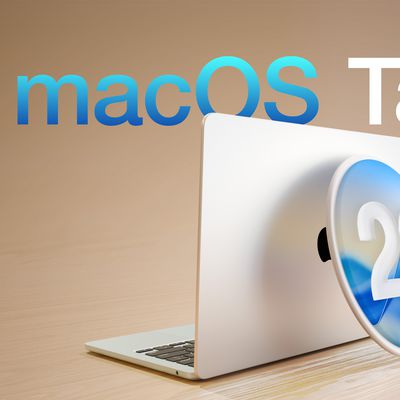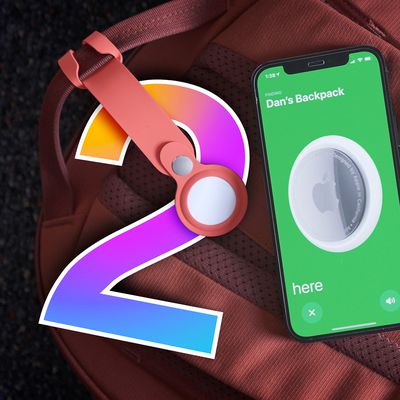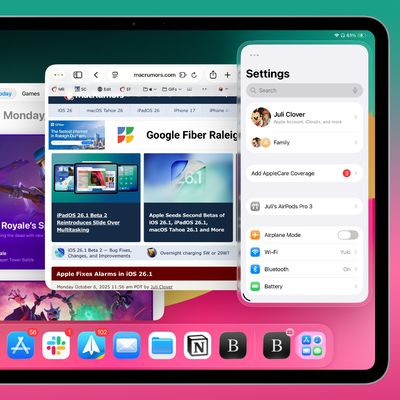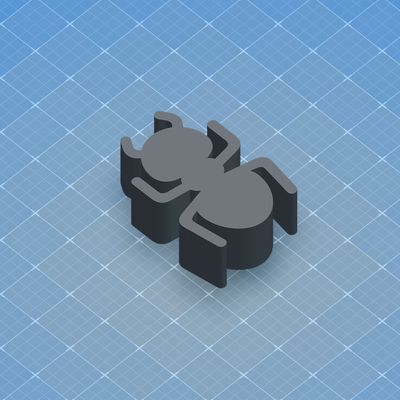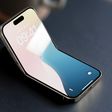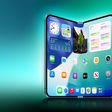Following in the footsteps of the iPhone 11 and iPhone 11 Pro, the first Android smartphones with Ultra Wideband technology will be released starting later in 2020, according to Barclays analysts.
In a research note obtained by MacRumors, the analysts said Android smartphones will be equipped with an all-in-one Ultra Wideband, NFC, and Secure Element chip introduced by Dutch chipmaker NXP Semiconductors last year. It is unclear which Android smartphones will adopt Ultra Wideband first, but Samsung did join a consortium with NXP last year to help develop the technology.
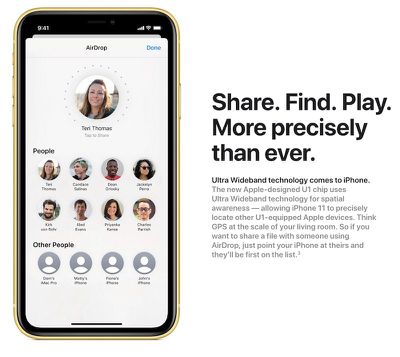
In a press release last year, NXP said Ultra Wideband will give mobile devices several new and interesting capabilities, such as being able to unlock a car's doors when the device comes in close proximity of the vehicle, potentially foreshadowing a feature that could come to the iPhone down the road.
"With the SR100T, mobile devices will be able to communicate with connected doors, points of entry, and cars to open them once approaching," said NXP in a press release. "Lights, audio speakers, and any other connected device with UWB sensing capability will be able to follow users from one room to another, and smart connected technology will intuitively be embedded in people's lives."
iPhone 11, iPhone 11 Pro, and iPhone 11 Pro Max models are equipped with an Apple-designed U1 chip with Ultra Wideband, allowing the devices to understand their precise location relative to other nearby U1‑equipped Apple devices. On iOS 13, for example, there is a directional AirDrop feature where you can point an iPhone 11 at another iPhone user to instantly share files with them.
On its iPhone 11 Pro page, Apple teases that the directional AirDrop feature is "just the beginning" of what is possible with Ultra Wideband, adding that "amazing new capabilities" are coming later.
Last year, MacRumors uncovered evidence of Apple working on Tile-like item trackers in iOS 13 code. The so-called AirTags will also support Ultra Wideband, according to analyst Ming-Chi Kuo, suggesting that iPhone 11 models will be able to locate the tags with precise accuracy in both indoor and outdoor areas.

The distance between two Ultra Wideband devices can be measured precisely by calculating the time that it takes for a radio wave to pass between the two devices, with much more accuracy than Bluetooth LE and Wi-Fi.
It is unclear when Apple plans to announce its item tracking tags, or if development of the product has been abandoned.
In any case, it appears that Ultra Wideband really is just getting started.






